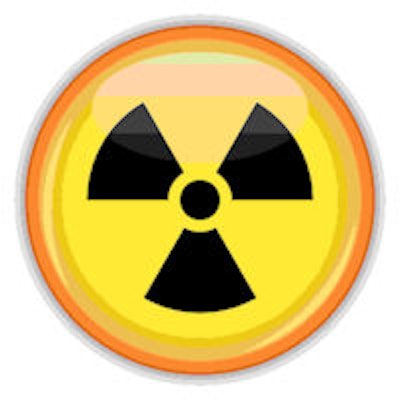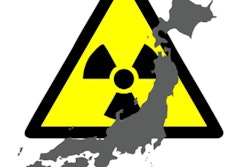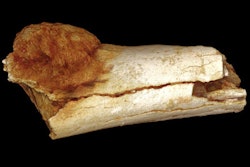
A new article published in Genetics questions whether the long-term health effects experienced by survivors of the atomic bombs dropped on Hiroshima and Nagasaki have been as dire as originally predicted.
Horrific casualties and devastation followed the detonation of atomic bombs in 1945 over the Japanese cities of Hiroshima and Nagasaki. About 200,000 people died in the bombings and immediately thereafter, most from the explosive blast, the firestorm it sparked, and acute radiation poisoning, according to a statement from the Genetics Society of America regarding the paper.
After the immediate blast, cancer rates certainly rose among the survivors. But public perceptions of the rates of cancer and birth defects are greatly exaggerated when compared to the reality revealed by comprehensive follow-up studies. Reviewing the Hiroshima/Nagasaki survivor studies and their implications in the August issue of the journal, author Bertrand Jordan discussed the mismatch between public perception and reality (Genetics, Vol. 203:4, pp. 1505-1512).
"Most people, including many scientists, are under the impression that the survivors faced debilitating health effects and very high rates of cancer, and that their children had high rates of genetic disease," said Jordan, a molecular biologist at UMR 7268 ADÉS, Aix-Marseille Université/EFS/CNRS, in France, in the statement. "There's an enormous gap between that belief and what has actually been found by researchers."
Studies of atomic bomb survivors have clearly shown that radiation exposure increases cancer risk, but they also reveal that the average lifespan of survivors was reduced by only a few months compared to those who were not exposed to radiation, he noted. And no health effects of any kind have been detected thus far in children of the survivors.
Approximately half of the survivors took part in follow-up studies tracking their entire lifespan. The studies began in 1947 and continue today under the auspices of the Radiation Effects Research Foundation (RERF), which is funded by the Japanese and U.S. governments. The project has followed about 100,000 survivors, 77,000 of their children, and 20,000 people who were not exposed to radiation.
Over the decades, many researchers have used the information to quantify the risks of radiation because the relative exposure of each individual can be reliably estimated based on distance from the detonation site. The data have been crucial in setting acceptable radiation exposure limits.
For example, the research on atomic bomb survivors has served as the basis for estimates of the health hazards of exposure to low levels of radiation, such as that used in medical imaging.
The relative risk increased based on proximity to the detonation site, as well as with age, with younger people facing a higher lifetime risk, and sex, with women facing higher risk. Still, most survivors did not develop cancer, according to Jordan.
The incidence of solid cancers between 1958 and 1998 among the atomic bomb survivors was 10% higher than among those who were not exposed, corresponding to about 848 additional cancer cases among 44,635 survivors in this part of the study.
Those exposed to a higher radiation dose of 1 Gy, or about 1,000 times current public safety limits, had a 44% greater cancer risk over the same time span (from 1958 to 1998). Accounting for all causes of death, this relatively high dose reduced the average lifespan by about 1.3 years.
Even though no differences in health or mutation rates have been found among children of survivors, differences might eventually reveal themselves, potentially via genome analysis. In any case, the differences must be very small, Jordan noted.
Finally, he cautioned that the results should not be used to foster complacency about radiation risk. The accident at the Fukushima nuclear power plant "showed disasters can occur even in a country like Japan that has strict regulations," he said in the statement.
Even so, he added, it's important to keep the debate rational and avoid gross exaggerations of radiation-related danger.




















